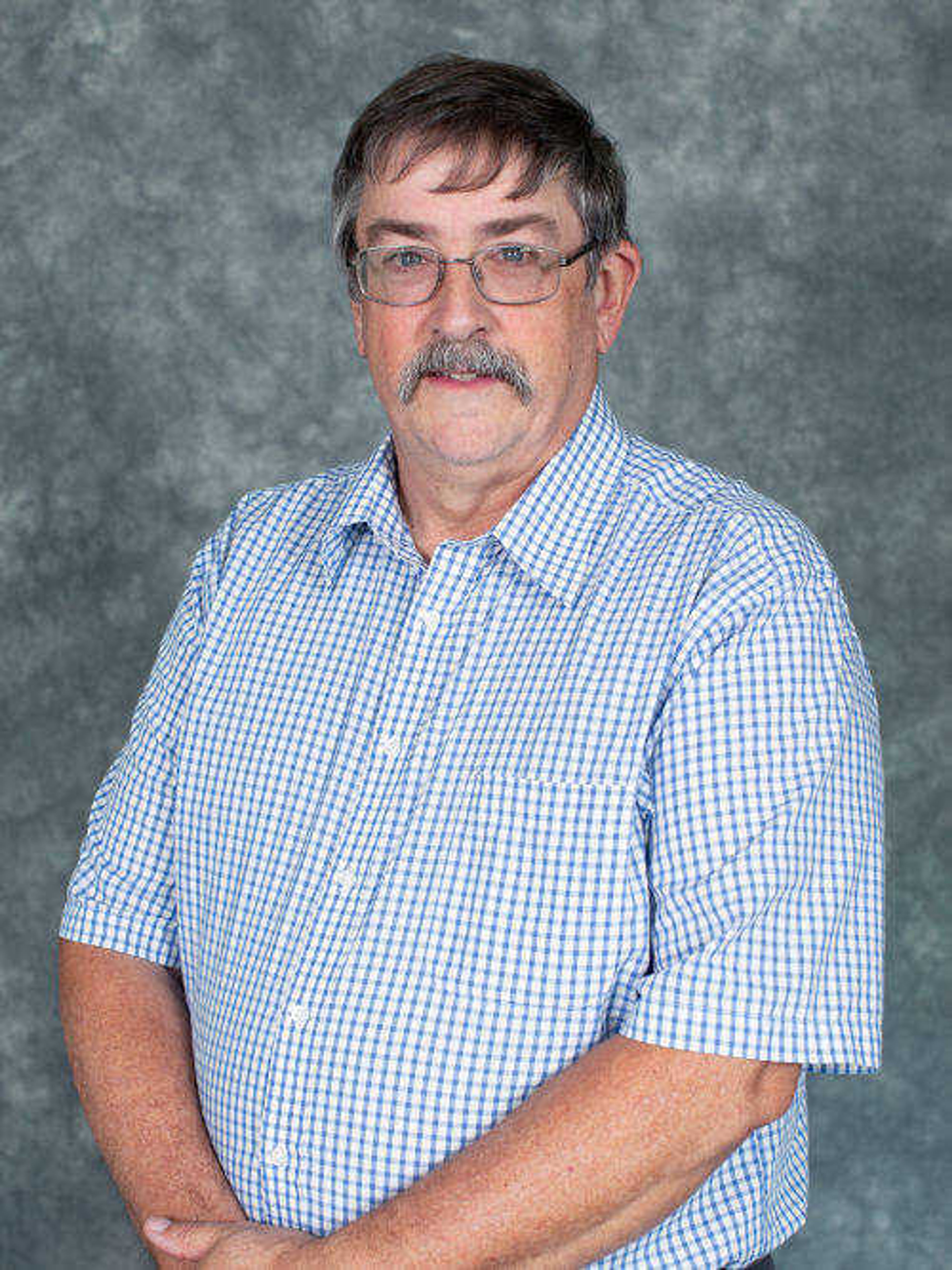Louis Lorimier's land in Kansas -- and the associated headaches
Many blame the slow growth of Cape Girardeau in the early 1800s on the slow confirmation process for land claims remaining from the Spanish and French regimes in Missouri. The city sits on a land claim of Louis Lorimier's, Survey No. 2199, a claim not confirmed officially until July 4, 1836, by act of Congress. ...
Many blame the slow growth of Cape Girardeau in the early 1800s on the slow confirmation process for land claims remaining from the Spanish and French regimes in Missouri. The city sits on a land claim of Louis Lorimier's, Survey No. 2199, a claim not confirmed officially until July 4, 1836, by act of Congress. Initial hesitancy by settlers to take up land within the area covered by private land claims gave way to substantial land sales, especially after Lorimier's death in 1812. Confirmation of this grant and others prevented what could have been hundreds of lawsuits over land titles.
However, Lorimier also applied to Gov. Charles Dehault Delassus for 30,000 arpents (25,500 acres) in compensation for his services as agent to American Indian tribes on Dec. 18, 1799. The governor complied on Jan. 15, 1800. In his petition to Delassus, Lorimier provides details of his service. This included "superintending the Indian nations living in this vicinity, and in maintaining peace and order...among themselves [and] between them and the whites." Additionally, to "... serve not only as interpreter between them and the chiefs of the different nations, but also as mediator and conciliator ..." He also outlines frequent travel at his own expense, peril to his life and health, and expenses involved with hosting unannounced guests.
Lorimier presented this claim to the first Board of Land Commissioners charged with confirming Spanish land claims in 1809, which rejected it. Complaints about the failure of the first board to confirm many land claims led to formation of a second board, which did confirm the claim Nov. 11, 1833.
Congress gave official endorsement to confirmed claims in the law of July 4, 1836, but failed to do so for a number of very large claims. Lorimier's heirs hired St. Louis lawyer James E. Munford to pursue Congressional approval in 1857, agreeing to allow Munford half of the land in payment. The claimants' efforts culminated in a Congressional act passed June 2, 1858.
By that time, individuals had purchased almost all large blocks of land in Missouri through the U.S. General Land Office. The nearest block of land large enough to contain 25,520 acres was in Kansas, and the grant was located in 1858 in present-day Nemaha, Marshall and Potawatomie counties in northern Kansas.
The heirs failed to compensate Munson. He petitioned the local courts for his share of the land in 1868, and the land division occurred at the meeting in St. Louis in September 1869. Sales of the land then commenced early in 1870.
The difficulties with this land continued, however. Questions about ownership of the grant were substantial enough that many subsequent owners needed to clear title by lawsuit, and suits continued at least until 1923. The suits list all known heirs of Lorimier at various points in time as defendants. So, more than 110 years after Louis Lorimier's death, his large land grant was still providing employment for lawyers (and genealogists).
Connect with the Southeast Missourian Newsroom:
For corrections to this story or other insights for the editor, click here. To submit a letter to the editor, click here. To learn about the Southeast Missourian’s AI Policy, click here.











